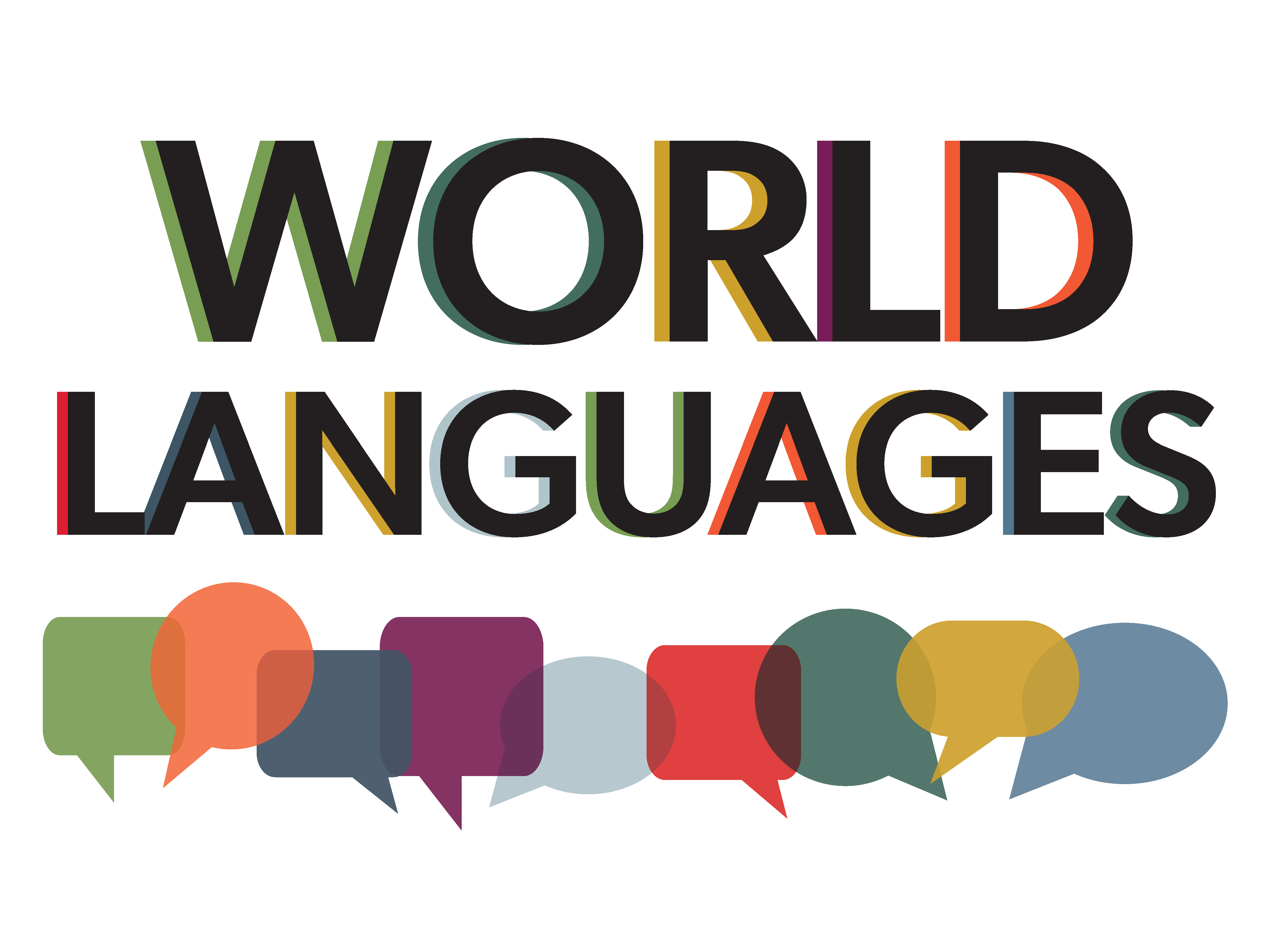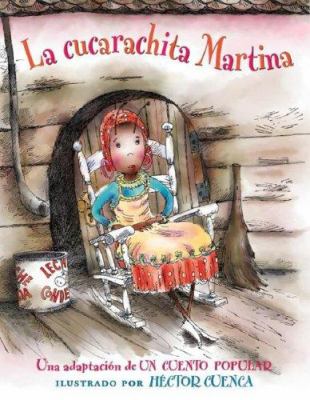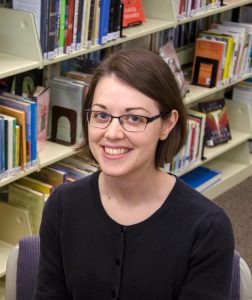World Languages at the Library: A Multitude of Experiences & Opportunities
Posted on March 29, 2023 at 6:00 am

By Dana Mannino
Did you know that the library has books in languages other than English?
Currently, our largest non-English collection is in Spanish. We are actively building a collection in Russian and looking ahead to grow our collection in Marshallese and Arabic as well. These are the most common non-English languages spoken in the school districts that reside within the areas our libraries serve.
When people hear that we collect books in other languages, some ask me if the library should instead focus on supporting people who want to learn English. The answer is: “We do both!”
Our collection has many materials in print and on CD as well as online, designed for people learning English. Our digital resource Pronunciator can help people learn English in an online interface written in their native language.
I think there is a misconception behind the question “Shouldn’t you help people learn English instead?” Some might assume that only people who cannot read English are interested in books in another language. This is not true.
My observation has revealed that most people who check out materials from our World Languages sections (me included) are bilingual or are learning a non-English language. (This is another great use of Pronunciator—learning a language that is new to you!)
Today I’d like to introduce you to some of our customers who enjoy reading both in Spanish and in English.
Retired Spanish Teacher
I met Paula Dirks when she came in for Book-a-Librarian help with her iPad. As we chatted, I discovered that she was a retired Spanish teacher.
Paula took two years of high school Spanish and one year in college but, despite getting As, felt that she had learned very little. Then, in her 30s she enrolled in Spanish classes at WSU. Spanish finally began to click, and she felt that she could read it very well and speak it much better than previously.
Paula was able to get a job teaching bilingual education in Yakima, where she taught for 13 years. She then taught Spanish for another five years at Kettle Falls High School.
Paula shared, “Even though I wasn’t ever able to speak Spanish as well as I’d like, knowing some Spanish made my teaching and traveling so much more enjoyable!”
It’s normal for language learners to experience different levels of mastery at different points in their life. Paula felt that, after retiring and canceling her TV subscription and access to Spanish language telenovelas, she lost a lot of her mastery of Spanish.
“I really appreciate that the library has acquired more novels in Spanish, which is really helping me relearn what I have lost. And with the library’s online Spanish Book Club, I am enjoying hearing some good Spanish from the club leaders,” Paula said. “I think at my age, 79, that one should look for challenges which are fun and which help us use our brains!”
Families Raising Bilingual Children
Another group of people who are excited about our Spanish collection are families who have chosen to raise their children bilingually. The Hammonds and the McArthurs are two such families. Each came to the Spanish language by slightly different paths.
Fabiola Hammond was born in Guanajuato, Mexico, where many schools include English as part of the curriculum. Her father also emphasized the importance of learning English. She had lots of opportunities to practice speaking English in her diverse and tourist-filled hometown. But her main linguistic interest was Japanese.
Fabiola studied Japanese as a third language and intended to travel to Japan. Then she met John, an American, who was studying abroad in Mexico. They fell in love, married, and moved to the United States in 2008. Together they have three children.
Fabiola and John want their children to be able to communicate with both their Spanish-speaking and English-speaking grandparents. They also believe that Spanish will enrich their children’s lives, as it has their own. Fabiola said, “We want them to enjoy the richness of languages.”
The McArthur family has a different story. Kara McArthur studied Spanish in school but felt her vocabulary and speaking ability were very limited. She shared, “A few weeks after my first child was born, I realized I could teach her Spanish by speaking it to her and help her easily achieve this goal that I hadn’t been able to reach.”
Raising bilingual children can be hard. Raising them while you teach yourself the language is even harder!
“When I first embarked on this journey, I was excited but kept doubting whether it could really be done. I began anxiously searching the Internet to find a success story of a non-native speaker teaching a child a second language,” Kara shared.
It wasn’t long before Kara connected with parents in Mexico and Spain who were in the same boat, but who were teaching their kids English. They formed chat rooms for language support and a Facebook group (Non-Native Speakers Raising Bilingual/Multilingual Kids) to support one another in their journeys.
“This language exchange has simplified the process so much. I owe these parents my sanity,” Kara said.
To raise bilingual children, families must expose their children to Spanish in as many different contexts as possible. Fabiola recalled, “I have had Spanish-language magazine subscriptions, craft boxes, books, puzzles, games, teaching guides, radio, TV, and textbooks. Also, calling or video chatting with my family, relatives, and friends in Mexico has helped.”
Our libraries offer children’s science, art, and reading programs in Spanish. This gives families a chance to practice words that don’t come up commonly in conversation around the house.
I asked Kara and Fabiola if they could remember moments of triumph when they felt that all their hard work had paid off.
For Kara, it was the first time her kids got the opportunity to converse with Spanish speakers they met in the community. In the library, I’ve seen native Spanish speakers encounter Kara’s children for the first time. Blond haired and blue eyed, her daughters sally forth in confident Spanish. It’s enough to knock anyone’s socks off.
Fabiola also has proud moments to recall for each of her children. “For my oldest child, it was when he read a whole page in Spanish with only a little help. For my daughter, it was the moment she felt happy translating for her grandparents. And for my youngest boy, I remember the moment he asked for a popsicle in a store in Mexico all by himself.” (I’d like to interject that if Fabiola’s adorable children asked me for a popsicle in any language, I would give them one.)
Adult Heritage Speaker
Individuals like Fabiola’s children, who grow up in Spanish-speaking households with a native Spanish-speaking caregiver, are referred to as “heritage speakers.” Many think that heritage speakers grow into confident second-language users automatically. But there are as many different experiences as there are heritage speakers.
Library customer Mahter Warren was born to a Honduran American mother and an African American father. She grew up in the Bronx, surrounded by immigrants from every nation but with an abundance of neighbors from the Dominican Republic. In the world of her childhood, it was normal for people to speak multiple languages and for Spanish speakers to have any skin color.
Mahter’s parents did not require that Mahter speak Spanish growing up. Although surrounded by Spanish in her neighborhood and at her Spanish-speaking church, Mahter spent more time listening than speaking.
She remembers visiting Honduras for the first time when she was 7 years old and discovering a language barrier between herself and her Honduran cousins. They had to get creative to overcome it.
For some of her life, Mahter felt like Spanish was her enemy. She had been scrutinized for not speaking it well enough and also received negative feedback when non-Spanish speakers heard her speaking it in public. She remembers being scared of Spanish.
But when Mahter turned 18, she found herself hungry for Spanish, so she enrolled in her first Spanish class as a freshman at Eastern Washington University (EWU). She took a language placement test, which put her at the very beginning: Spanish 101.
After a few months, it became apparent that the classes were too easy for her, and her professors encouraged her to retake the placement test. Mather tested high enough to be moved to an upper-level class specifically designed for heritage speakers. That was a watershed moment.
“I was elated! I have this general advice for people who come from a home where they’ve heard another language. You are capable of speaking it. Because of your experiences, you may think you aren’t capable, but you are,” Mahter shared. She graduated with a major in Spanish and a minor in Africana studies.
Looking back, Mahter has some regret that she didn’t learn more Spanish earlier. “If I could go back in time, I would ask to stay in Honduras—to live with my aunts and uncles and go to school there. Or to go to a bilingual school in New York. I didn’t really know the importance of Spanish at the time. Now as an adult, I see the privileges of being bilingual.”
Spanish is front and center for her next steps in life. “I want to move to Spain. I have three cousins there. I want to move there so that when I have kids, I can raise them bilingually. Nobody is going to stop me from raising my kids bilingually.”
For Mahter, passing on the Spanish language would be an investment in her children’s futures and also a preservation of a family linguistic culture that is slipping away.
“I’ve noticed it’s a generational thing,” Mahter shared. “Grandma speaks Spanish. Parents speak Spanish, but it ends with the grandchildren. I feel like I need to raise my future children bilingually to save my family’s Spanish.”
Bilingual Librarian
My Spanish journey started as a Running Start student at EWU. They didn’t offer Latin, which I had studied before, so I signed up for Spanish.
I intended to switch back to Latin when I transferred to Gonzaga University the following year. Plans changed. Five years later, I graduated from Gonzaga with a Spanish major and a history minor focused on Latin America.
When I graduated, I was just beginning to feel that I could understand and make myself understood in Spanish. My greatest fear was losing all my hard-earned progress within a couple years. So, I set up an aggressive plan of reading in Spanish and listening to Spanish-language radio.
The moment all of my effort felt worth it was the first time I read a Spanish-language folk tale. I already loved English-language folk tales. They have such wonderful rhythmic language that begs to be spoken aloud, like the lines from Three Little Pigs:
“Little pig! Little pig! Let me in! Let me in!”
“No, no, no! Not by the hairs on my chinny chin chin!”
I had been reading a Spanish translation of Harry Potter, and while it was great for learning new vocabulary, the sentences didn’t seem to flow in Spanish. Reading it was like stumbling down a rocky path in the dark.
One day at the library, I picked up a copy of Héctor Cuenca’s picture book adaptation of the Puerto Rican folk tale La cucarachita Martina. The fluid language in La cucarachita Martina felt like jumping on a sled and sailing down a hill.
Ask Google Translate to read this aloud for you in Spanish, and see what you think:
“Cucarachita Martina, ¡qué linda estas!”
“Porque no soy bonita, te lo agradezco más!”
Now, I can read Spanish-language classics, such as Gabriel Garcia Marquez’s El coronel no tiene quien le escriba, in their original language. It still feels magical to experience linguistic treasures that wouldn’t have been accessible to me if I didn’t speak and read Spanish.
World Languages Materials at the Library
Non-English books can serve many purposes. For a non-English speaker, they are information that is accessible right now, at the time of need.
For Paula, they were once a livelihood and are now a source of enjoyment and a way to keep one’s brain sharp.
For the Hammond and the McArthur families, they are part of an investment in their children’s future.
For Mahter, they are a link to her identity and heritage.
For me, they are a second gateway into the kingdom of reading.
And this, dear reader, is why the library’s collection includes books and materials in languages other than English.
Dana Mannino is a librarian at Spokane County Library District. She plans library programs for adults and serves as an SCLD liaison to the Latinx community. At home, she hosts biannual Lord-of-the-Rings–themed parties and watches BritBox. How does she take her tea? Very, very seriously.
Tags: adults, bilingual, books, foreign language, kids, language learning, multilingual, parents, pronunciator, reading, Spanish, world languages



